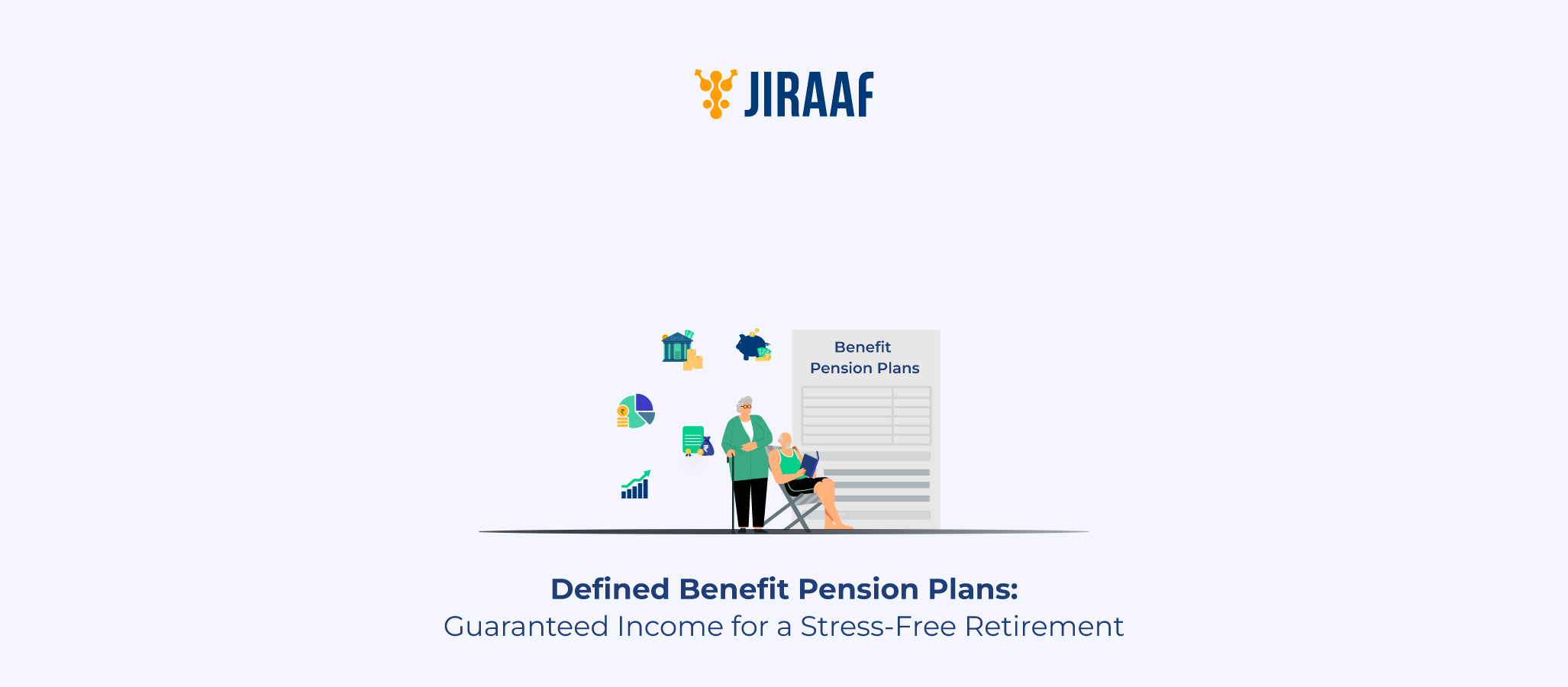The National Pension Scheme (NPS) is a government-backed, voluntary retirement savings plan designed to help Indian citizens build a financial corpus for retirement. Offering both equity and debt exposure with flexible contribution options, NPS is an ideal tax-saving and wealth-building tool for salaried professionals and self-employed individuals alike.
This guide walks you through what NPS is, how it works, the types of accounts, its benefits, tax perks, and whether it fits into your long-term investment strategy.
What is National Pension Scheme (NPS)?
The full form of NPS is National Pension Scheme. Launched by the Pension Fund Regulatory and Development Authority (PFRDA), NPS is a market-linked retirement savings instrument available to all Indian citizens (aged 18–70 years).
Participants can contribute regularly to their NPS account and choose their asset allocation preference (active or auto). At retirement, a part of the corpus can be withdrawn tax-free, while the rest is converted into an annuity.
Key Features of the NPS Scheme
- Flexible Contributions: No fixed deposit amount required. Investors can contribute monthly, quarterly, or annually.
- Portable Account: PRAN (Permanent Retirement Account Number) stays the same, irrespective of job or location change.
- Low-Cost Structure: Fund management charges are as low as 0.01%.
- Choice of Fund Managers: Choose from multiple pension fund managers (PFMs) to manage your contributions.
- Online Account Management: Track, manage, and switch your investments online.
NPS Interest Rate and Returns
NPS doesn’t offer a fixed return like PPF or FDs. Returns are market-linked, depending on the allocation in equity (E), corporate bonds (C), and government securities (G).
Average Returns:
- Equity: 9%–12% per annum
- Corporate Bonds: 8%–10% per annum
- Government Securities: 7%–9% per annum
Returns vary across fund managers and schemes but have historically outperformed traditional fixed-income instruments.
Types of NPS Accounts (Tier I & Tier II)
Tier I Account (Mandatory):
- Primary retirement account
- Lock-in until age 60
- Partial withdrawal under specific conditions
- Tax benefits available
Tier II Account (Optional):
- Functions like a savings account
- No tax benefits
- No lock-in period
- Higher liquidity
Benefits of Investing in NPS
- Long-Term Wealth Accumulation: Due to compounding and market-linked returns
- Flexible Contributions: Contribute as low as ₹500/year
- Transparent and Regulated: Monitored by PFRDA
- Choice-Based Investing: Auto or active asset allocation
- Annuity Income: Ensures steady post-retirement income
NPS Tax Benefits Explained
Under Section 80CCD(1):
- Deduction up to ₹1.5 lakh under 80C (including other instruments)
Under Section 80CCD(1B):
- Additional ₹50,000 deduction exclusively for NPS contributions
Under Section 80CCD(2):
- Employer contribution up to 10% of salary (14% for government employees) is tax-deductible
Withdrawal Taxation:
- 60% of corpus withdrawn at retirement is tax-free
- 40% is used to buy annuity, taxed as per slab
NPS for Salaried Employees
For salaried individuals, NPS offers an efficient mix of retirement planning and tax savings:
- Can be integrated into payroll (via employer)
- Eligible for additional tax benefit under 80CCD(2)
- Ideal for long-term capital growth with flexibility to choose risk appetite
Who Should Consider Investing in NPS?
NPS is best suited for:
- Young professionals starting early with long investment horizons
- Taxpayers looking to maximize deductions
- Risk-averse investors seeking regulated market exposure
- Self-employed individuals without access to EPF
- Those planning for annuity-based retirement income
Conclusion
The National Pension Scheme is a strategic retirement solution blending safety, flexibility, and equity exposure. It offers a structured path toward long-term wealth generation, especially beneficial for salaried and self-employed individuals seeking both security and tax efficiency.
Start early, contribute regularly, and take charge of your financial future with NPS.
Frequently Asked Questions (FAQs)
What is the full form of NPS?
National Pension Scheme
Is NPS a good investment for retirement?
Yes. It combines equity and debt, offers tax benefits, and provides post-retirement annuity income.
How is interest calculated in NPS?
Returns are not fixed; they are market-linked and depend on the performance of the chosen funds.
What are the tax benefits under NPS?
Up to ₹2 lakh tax deduction (₹1.5L under 80CCD (1) + ₹50K under 80CCD(1B)). Employer contributions up to 10–14% of salary are also deductible.
Can I withdraw money from NPS before retirement?
Partial withdrawals are allowed after 3 years for specific purposes. Full exit before age 60 has restrictions.
What is the difference between Tier I and Tier II NPS accounts?
Tier I is the core retirement account with tax benefits and withdrawal restrictions; Tier II is optional and more liquid.
How do salaried employees benefit from NPS?
Besides retirement savings, salaried employees enjoy additional tax deductions via employer contributions.
Discover fixed income investments with Jiraaf, a SEBI registered online bonds platform that educates and brings access to a wide array of bonds. Sign up today to explore diversified fixed income investment opportunities to support your goal-based wealth creation journey. Start investing!









